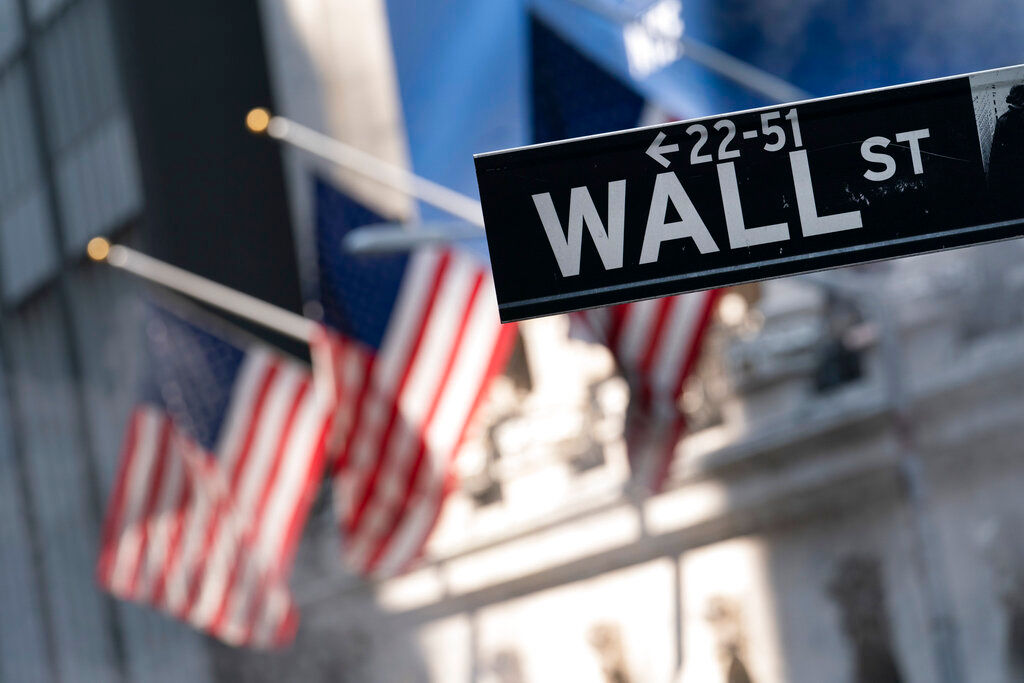Wall Street swung between gains and losses on Wednesday, a
day after rallying to its best days in a week, amid a mixed set of earnings
reports from major US companies.
The S&P 500 was 2.28 points or 0.05% up at 3,938.97 in
early trading, a day after surging 2.8%. The Dow Jones Industrial Average was
84 points or 0.26% down at 31,743.05 as of 10:24 a.m. Eastern Time. The Nasdaq
Composite was 79.58 points or 0.68% high at 11,792.73.
Also Read | European Union’s gas supply could keep dwindling, Russia’s Vladimir Putin warns
Earnings reporting season is ramping up for big firms, with
more segments of industries releasing details about how high inflation and a
possible recession are affecting their customers. A lot is riding on whether
they can continue to deliver healthy profits.
Stocks slumped roughly around 205 from their highs this
year amid concerns about rising interest rates, and proof that profits can
remain strong would provide a big support for markets. On the flip side,
warnings about upcoming weakness could attract another leg downward.
Also Read | Population density analytics thread goes viral on Twitter. See Elon Musk’s reaction
Companies have mostly been beating profit estimates so far
this reporting period, as is usually the case.
Nasdaq, the company behind its namesake trading exchange,
climbed 5.1% after a report reporting better-than-expected profit and revenue.
Comerica, the Dallas-based financial services company, added 0.9% after it also
reported stronger-than-expected results.
Also Read | Here’s what depreciating rupee means for stock markets
Netflix added 1.2% after it said it lost fewer subscribers
during the spring than expected. However, it remains the worst stock in the
S&P 500 for the year, down by around two-thirds.
Among the losers was Baker Hughes, which plunged 11.6%
after it reported lower-than-expected results for the previous quarter.
Northern Trust lost 5.4% after its profit fell short of forecasts.
Also Read | Why US inflation is going up and when will it come down
The US Federal Reserve has hiked key interest rates three
times this year, by raising margins each time. In its meeting next week,
investors say the only question is if it raises its key rate by another 0.75
percentage points or opts for a monster hike of a full percentage point.
Such hikes in rates make borrowing more expensive, which
slows the economy. It is expected that the Federal Reserve and other central
banks can find the middle ground where the economy slows enough to whip
inflation but not enough to cause a recession.
Also Read | Donald Trump brags after winning Maryland proxy battle against Larry Hogan
Some sectors of the economy are already slowing down
because of the rate hikes, particularly the housing industry. According to the
latest report, sales of previously occupied homes weakened in June by more than
economists expected.
Also Read | Ukraine must win the war before winter, says Volomymyr Zelensky aide
In the bond market, the two-year Treasury yield, which
tends to follow expectations for the Fed’s actions, fell to 3.19% from 3.24%
late Tuesday. The 10-year yield dipped to 2.97% from 3.01%.







